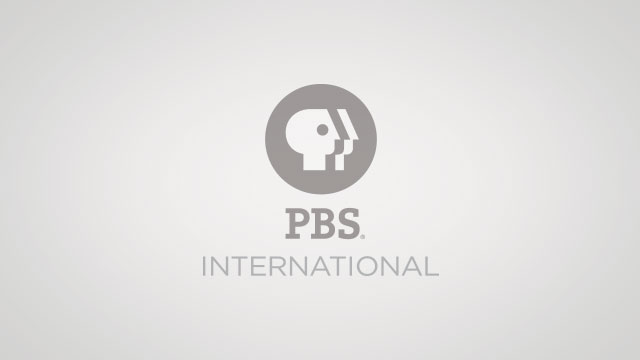
NOVA ScienceNOW Season 3 #302 1x53
PERSONAL GENOME
To test? Or not to test? That’s the question that faces host Neil Tyson as he ponders whether to get a personal genetic profile that will predict his chances of contracting one of several serious diseases. In the interest of science journalism, Neil submits his spit for analysis. But would you? Several companies now offer such a service for a fee that can range upwards of several thousand dollars. How do such tests work and how valid are they? Furthermore, what do you do if you get bad news: or good news? Some researchers argue that the causes of common ailments: such as diabetes, heart attack, and Alzheimer’s disease — are so complex and poorly understood, that the genetic tests are — at least for now — almost impossible to interpret. But what about the future? Before long, everyone will be able to sequence their entire genome, something done to date for only a handful of people, including genetics pioneers Craig Venter and James Watson. The hope is that doctors may one day be able to use our genomes to predict exactly who is likely to get sick and what to do to prevent it. But this new era will have to wait until scientists fully untangle the web of genetic and environmental factors that cause most human disease.
DIGITAL ART AUTHENTICATION
Vincent van Gogh has inspired several talented artists to turn their hands to forgery. Can computers be used to identify which works are really his? To find out, NOVA scienceNOW commissioned an expert to make a meticulous copy of a Van Gogh painting, and then challenged three different computer teams to see if they could find the imitation in a group that included five genuine Van Gogh’s. Working in cooperation with the Van Gogh Museum in Amsterdam, NOVA scienceNOW lined up art conservator and painter, Charlotte Caspers, to go over to the dark side for this project, putting herself in a forger’s frame of mind to produce an authentic-looking Van Gogh. The computer detective teams included a Maastricht University group headed by Eric Postma, as well as teams from Princeton University and Penn State University. Can digital scans plus clever algorithms unmask the fake?
CARBON SEQUESTRATION
Can an eighth grader’s science fair project show the way to dealing with rising levels of carbon dioxide in the atmosphere? Claire Lackner may have been on to something big when she used an aquarium pump to circulate air through a solution of sodium hydroxide, capturing much of the carbon dioxide in her air sample. The simple experiment got Claire’s father, Klaus, thinking: “Could such a principle be applied on a mass scale?” The elder Lackner was actually in a position to follow up, since he’s a renowned scientist in the Department of Earth and Environmental Engineering at Columbia University. A decade later, Klaus has helped form a green company that is testing a product that may fulfill this dream. NOVA scienceNOW explores the daunting research challenges that have to be met before such technology can begin to make a dent in atmospheric carbon dioxide. We also catch up with Claire, who is now all grown up.
PARDIS SABETI PROFILE
Rock out with a bass-playing geneticist who combines rhythmic intensity and impassioned vocals with cutting edge science. By day, Pardis Sabeti is an assistant professor at Harvard University and a researcher on evolutionary genetics. By night, she and her band Thousand Days play the clubs around greater Boston. The group’s mesmerizing EP “Headlight Waves” won Sabeti honorable mention in the Billboard World Song Competition. Away from the music scene, she goes to Africa to study how the malaria parasite interacts with its human hosts. One powerful new tool is the complete map of the malaria parasite’s genome, which Sabeti is searching to understand how the parasite develops resistance to the drugs we use to fight it. Born in Iran, Sabeti and her family immigrated to the US during the Iranian revolution. She was a star student at MIT and won a Rhodes Scholarship to Oxford, after which she scored top honors at Harvard Medical School. Then it was a short step into research: and rock and roll!
